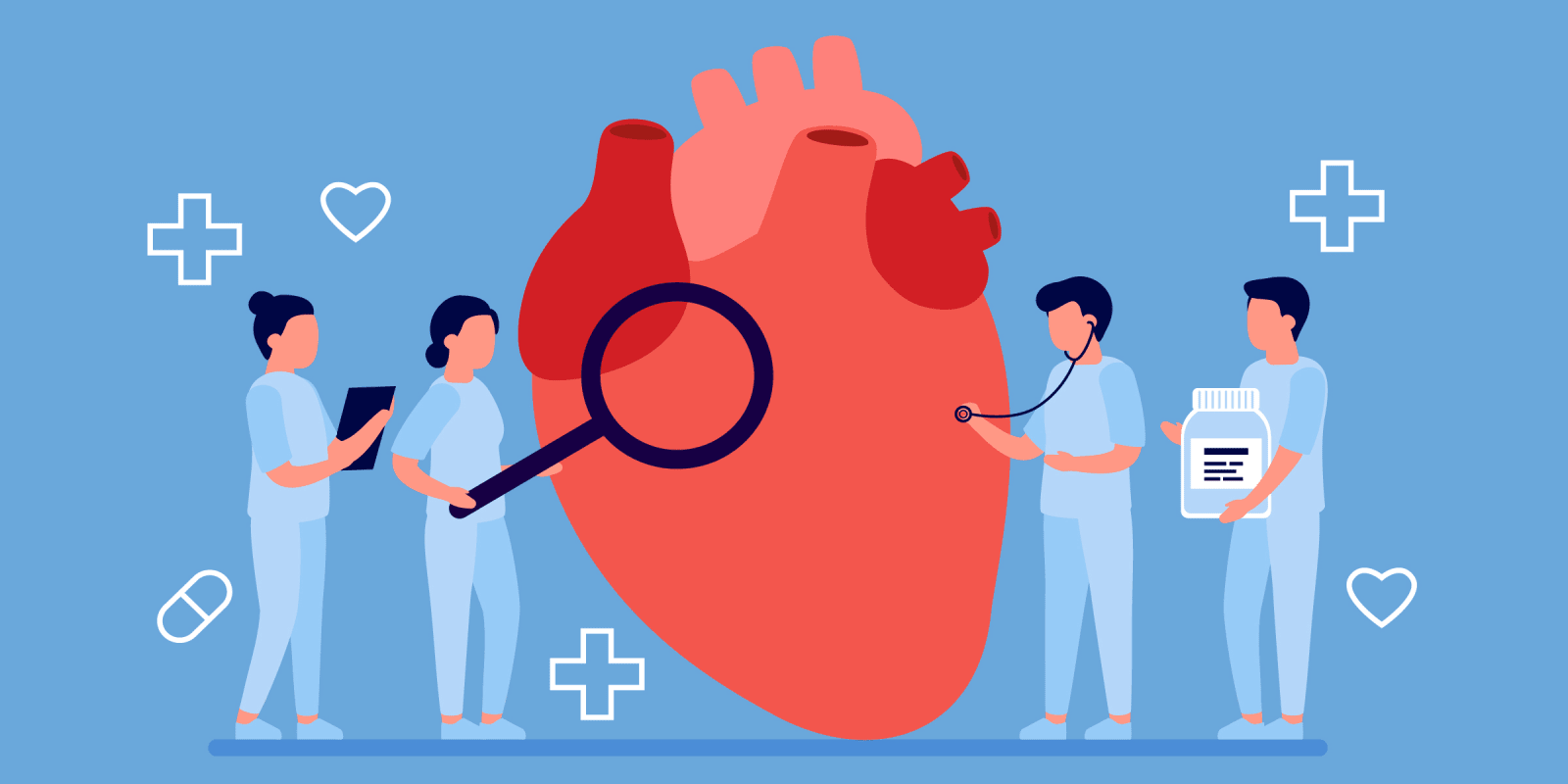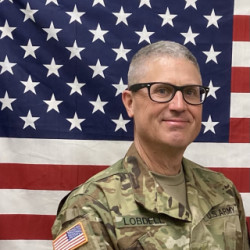In April 2021, American Association of Thoracic Surgery (AATS) President Marc Moon, MD, bid farewell to a virtual audience from Washington University in St. Louis after leading and navigating the complexities of a year dominated by COVID-19. Shaf Keshavjee, MD, from the University of Toronto, begins his tenure as AATS President with approximately 44% of the U.S. having received at least one dose of a vaccine to combat COVID-19. This statistic brings the hope that we can soon socialize more safely, including next year’s meeting in Boston, where Yolanda Colson, MD, will assume her role as President.
Overall, the meeting was noteworthy for focus on adult and congenital cardiac, thoracic, and perioperative care. It is the latter area that we’ll focus on in this report.
Enhanced Recovery After Cardiac Surgery (ERAS® Cardiac) has been highlighted at the AATS since the establishment of the former in 2017. Interest and momentum accelerated after the well-received March hybrid, international ERASC meeting and continued with this 101st AATS meeting.
The “Specific Targets” ERASC session was led and moderated by ERASC President Dan Engelman MD and included presentations on atrial fibrillation, hospital-acquired infections (HAIs), blood conservation, delirium, mobilization, etc. More specifically, cardiac surgeon and ERASC thought leader V. Seenu Reddy MD, from Centennial Tristar in Nashville, TN, shared the importance of “bundled” efforts to combat HAIs in high-risk patients. Similarly, Michael Grant MD, an anesthesiologist from Johns Hopkins in Baltimore, MD, and fellow ERASC thought leader, shared their rich and leading experience with multimodal analgesia (MMA). These MMA efforts have been both efficacious and decrease dependency on the use of opioids which should also assist in combating the opioid crisis that plagues many people and communities in the U.S.
The “Implementation” session was led by cardiac surgeons Thomas Beaver, MD, from the University of Florida in Gainesville, and HelenMari Merritt-Genore, DO, from Omaha NE, and this mirrored the ERASC “team sport” approach with representation from cardiac surgery, intensivists, cardiology, perfusion, nursing, rehabilitation, etc. Most entertaining was the “Pro-Con” debate where Kenton Zehr, MD, from the DMC Heart Hospital and Wayne State University in Detroit, argued that ERAS efforts were “worth it” while Dan Engleman, MD argued, “against it.” Dr. Engelman certainly has the experience to credibly discuss and debate the challenges and value of ERASC. Despite his “against it” assignment, Dr. Engelman would like to see the ERASC efforts spread rapidly across the globe.
The impact of COVID-19 was apparent with both the virtual setting as well as the burgeoning ECMO experience. The “Patient Safety, Teamwork, & Quality” was most noteworthy for Marco Zenati MD MSc’s (Harvard University, Boston MA) discussion of novel technology used to optimize performance and safety. His Medical Robotics and Computer Assisted Surgery Lab (MRCAS) studies the intersection of complex surgery, cognitive engineering, and computer science and will lead to a more comprehensive understanding of what produces or threatens quality and safety in cardiac surgery.
ICU staffing models were a great topic for debate between cardiac surgeon and intensivist Jay Shake MD, from the University of Mississippi Medical Center in Jackson, and anesthesiologist and intensivist Ken Shelton, Harvard Medical School, Massachusetts General Hospital. The debate appropriately highlighted efforts that have described considerable variation in staffing patterns in the U.S. and also the value of eliminating unnecessary variation.
Cardiothoracic Critical Care 1 and 2 focused on extubation processes and practice, hemodynamic monitoring (less invasive vs. traditional), and again, efforts to reduce opioid use in cardiac surgery with multi-modal analgesic strategies. Marijana Zubrinic’s (University of Toronto, Canada) presentation on the use of technology to enhance “bedside sitting” highlighted the value of leveraging rare and expensive talent. The importance and value of “Failure to Rescue” (FTR) were brilliantly and succinctly described by Donald Likosky, PhD, (University of Michigan, Ann Arbor). It is of note that FTR efforts are advancing through the Society of Thoracic Surgeon’s Quality Metric Taskforce and should be published soon in the Annals of Thoracic Surgery, in advance of a plan to incorporate the metric into common use and endorsement by the National Quality Forum.
In summary, we heard from many experts on important topics, despite the paucity of randomized controlled trials (RCTs) in cardiac critical care. Of note, we wouldn’t talk much about cardiac critical care 10 years ago, and the value of RCTs in critical care is questionable. Therefore, we must increase our focus on education, quality improvement, and implementation, as well as data management and analytics. Debates such as ”open vs. closed ICUs” and ”nighttime coverage” should evolve to how we need to match demands with resources and the associated approaches to leverage rare talent with technology. One positive from the COVID-19 era is the acceleration of the use of technology to transform health care (which attracted $7B investments in the 1st quarter of 2021). These evolving competencies in digital health and the strategy of data as a platform (DAAP) will alter our historically, non-quantifiable, and descriptive focus to quantifiable as well as predictive and prescriptive analytics. Quality, safety, and value will all improve through the efforts of the curious, intelligent, and industrious teams that provide cardiac care and leading professional societies such as the AATS and ERASC.
Image by Fagreia / Shutterstock







